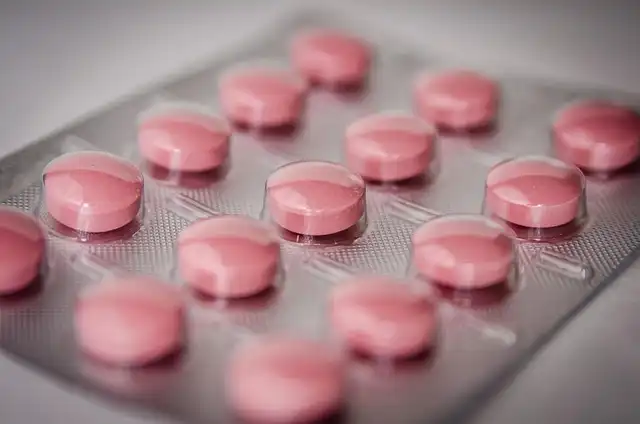Drug Costs & Access: Complexities and Solutions

Expert Tinglong Dai discusses rising U.S. drug costs, pre-authorization complexities, and the search for drugs like Ozempic. He proposes 'Netflix model' pricing for better access and fair drug company profits.
U.S. Drug Access Challenges
” Now, being covered does not imply you obtain it. You have to pay a whole lot in deductibles and insurance coverage,” Dai claimed, describing that the U.S. requires a much better pre-authorization process. “We make it unnecessarily made complex.”
The Ozempic Effect & Spillway Drugs
“Everybody is looking for the next Ozempic,” Dai said, explaining that the drug was established for diabetes mellitus but now has a much broader application. He stated various other niche medicines can be established and then additionally discovered to have “spillway effects” that can deal with more conditions and way of life issues.
Orphan Drug Trends
The percent of drugs released for orphan conditions, suggesting they influence less than 200,000 Americans, rose to 72% in 2024 from 51% in 2019, according to the Iqvia Institute for Human Data Scientific Research (IQV-0.26%) and reported by Reuters. Over 40% of the orphan launches were for cancer cells treatment.
Tinglong Dai, a professor of operations management and business analytics at the Johns Hopkins College’s Carey Organization College and an expert in healthcare analytics, told Quartz that he isn’t stunned by the climbing costs however says more can be done to help those that need the medicines.
Proposed Pricing Solutions
He claimed he wishes to see a “Netflix (NFLX-0.32%) model” of rates where offers are helped with in between states and a medication supplier to set rates. Or a model closer to what Europe has with panels of people, specialists, policymakers, and insurance provider that set costs. He added that such arrangements permit the drug companies to make a “sensible amount of cash” while still maintaining the medicine within reach.
1 drug costs2 healthcare access
3 Netflix model
4 orphan drugs
5 pharmaceutical pricing
6 Tinglong Dai
« Nuclear Power Surge: Trump’s Executive Orders & Energy IndependenceMark Cuban’s Shark Tank Successes: Dude Products & More »
